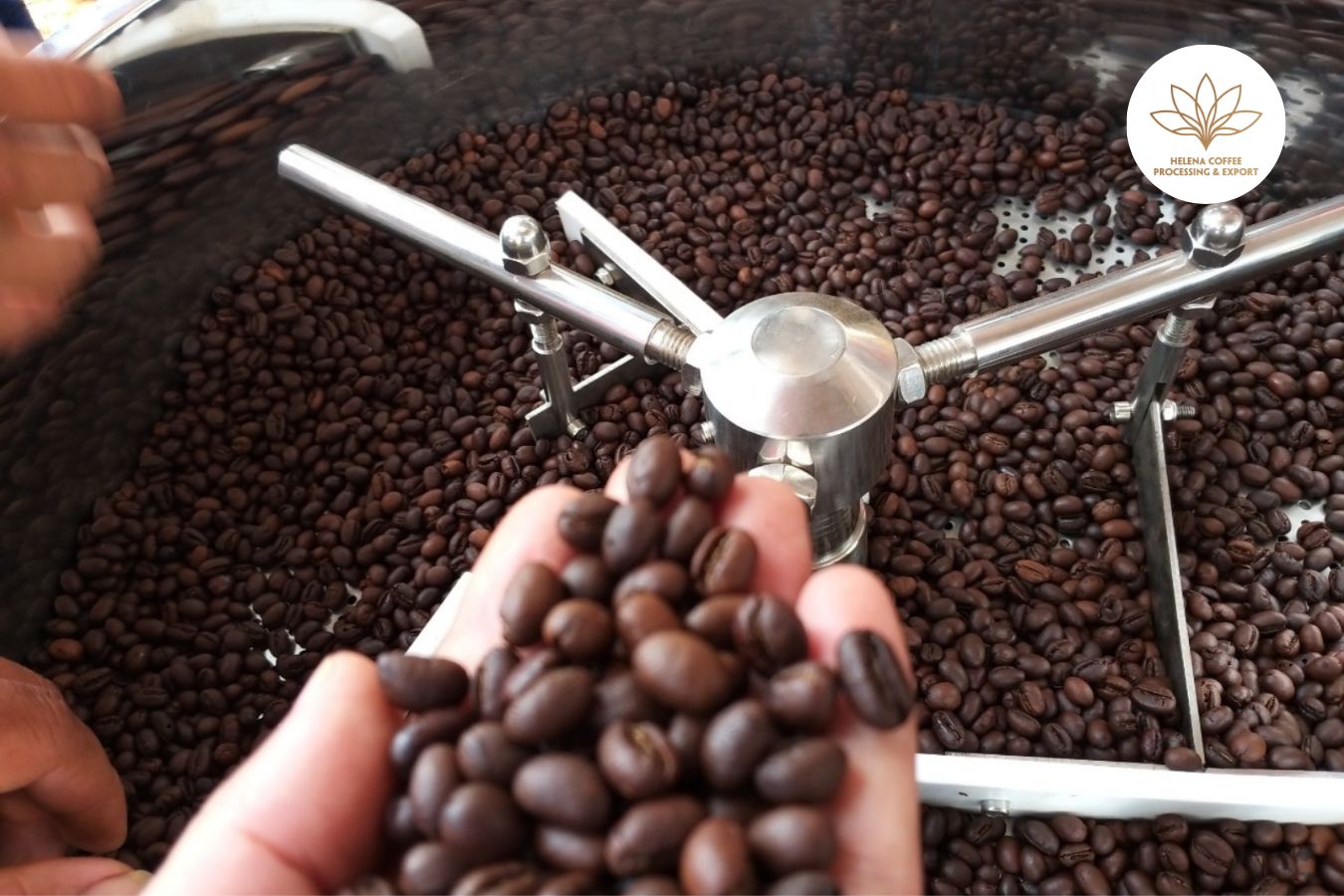
Original Coffee: Coffee is one of the most challenging goods to define in terms of quality, and building an original coffee concept is a thousand times tougher with Helena Coffee.
The height of cultivation above sea level, the type of soil and climatic circumstances where the coffee is cultivated, the genetics of the seed, and the way the coffee is grown and cared for are all “starters” for good coffee.
The “long-term phase” of the coffee harvesting, drying, preliminary processing, selection, preservation, and roasting follows. Each distinctive coffee has its own “terroir” created by blending natural and artificial components. This post will look at some of the challenges surrounding the processing and quality of genuinely unique coffee.
Terroir – Ideal Situation bulletproof
A fixed geographical location in which a community of people was developed during a historical process, a civilization, or architecture can be added to the definition of Terroir.
According to the Guide to Geographical Indications – ITC 2008, knowledge of production is based on a system of interactions between physical environments, organisms, and human factors; in which socio-technical trajectories have had the effect of revealing the origin, typical and possibly prestigious for a product derived from that “Terroir.”
From the harvesting stage onwards lion coffee
When a coffee berry matures, it turns a vivid red or yellow color. Depending on the varietal, coffee takes 6 to 8 months to reach ripeness after blossoming. The following are the most common coffee harvesting methods:
- Remove the fruit from the tree. All of the coffee cherries, as well as the leaves and short branches, are picked.
- Machine-picked. People required extremely delicate tools wrapped around the coffee branch and vibrated, forcing the coffee beans to fall. This procedure minimizes damage to the tree and the coffee cherries by removing falling leaves and twigs.
- This is a hand-picked collection. Only mature fruits are selected in this type of harvesting, which is done in phases. This procedure is highly costly, but it is the only way to ensure the quality of the coffee and that the beans can later optimize their natural flavor potential.
Processing after harvest
After harvesting, coffee is processed in three methods: dry processing, semi-wet processing, and wet processing.
– Washed coffee, removed the inner viscous layer by mechanical method or fermentation – Natural coffee, sun-dried with skin
– Peeled or semi-wet (skin and flesh)
– Washed coffee, removed the inner viscous layer by mechanical method or fermentation
We won’t go into detail about the above topics because they’re covered in detail in the technical procedures. However, we must keep in mind that each processing method produces unique features, which significantly impact the properties of coffee cups. People in our country frequently use the dry processing method with Robusta coffee.
Coffee is dried before being processed (aka Dry process). This approach is also employed for most Arabica coffee produced in Brazil, where big farms have a large number of products. According to Doan Trieu Nhan, sugar is absorbed from the fruit’s flesh into the center of the coffee bean, giving it a more muscular body when consumed.
In Central America, wet processing is famous for Arabica coffee. Thoroughly washed coffee is another name for wet-processed coffee. In countries like Indonesia, India, and Uganda, individuals sometimes process Robusta coffee wet to increase the coffee’s value.
Wet processing generates a lot of waste in the processing water, polluting the environment and requiring special treatment. The original Robusta coffee is also wet processed at Prime Coffee, with rigorous fermentation research to preserve the original quality.
Roast – Bring out the authentic flavor of the meat.
There are around 1500 chemicals in coffee that are called “flavor precursors,” with over 700 of them being very volatile, allowing the aroma of the coffee to be detected from a distance when roasting.
The first stage of the coffee roasting process is for the coffee beans to dry out (the dehydration stage). The coffee bean then gradually changes color and swells, releasing a coffee flavor that pops like popcorn.
At that stage, it’s essential to keep an eye on the roasting temperature to make sure it doesn’t get too hot. The entire roasting process reduces the weight of the fresh bean by 20%, increases the volume by 60%, and most significantly, creates the development of the original coffee’s aroma and taste.
Tasting and post-roasting stars
Coffee is roasted, and then the beans must be allowed to settle for a while; this is a highly delicate stage in the coffee process. Because they aren’t quite dead, aged, or “baked,” but are simply “turning around” in various post-transformations. At HelenaCoffee, this stage can extend up to a week to preserve the coffee’s freshness while maintaining the required flavor stability.
Instead of extraction, we must re-evaluate the entire process through coffee tasting, also known as cupping, normally performed by professionals with extensive experience. The taster can see many elements, all of which contribute to an excellent cup of coffee.
Tasting is a diplomatic skill that necessitates a great deal of focus and has its phrases for evaluating a coffee sample, such as whether it is a clean or unclean cup of coffee, whether it is defective or not, and whether it has a paper bag taste or not.
The smell of grass, the taste of wood… Positive feedback includes phrases like “wonderful, fresh, mild, rich, sour, sweet coffee” and “delicious, fresh, mild, rich, sour, sweet coffee.”